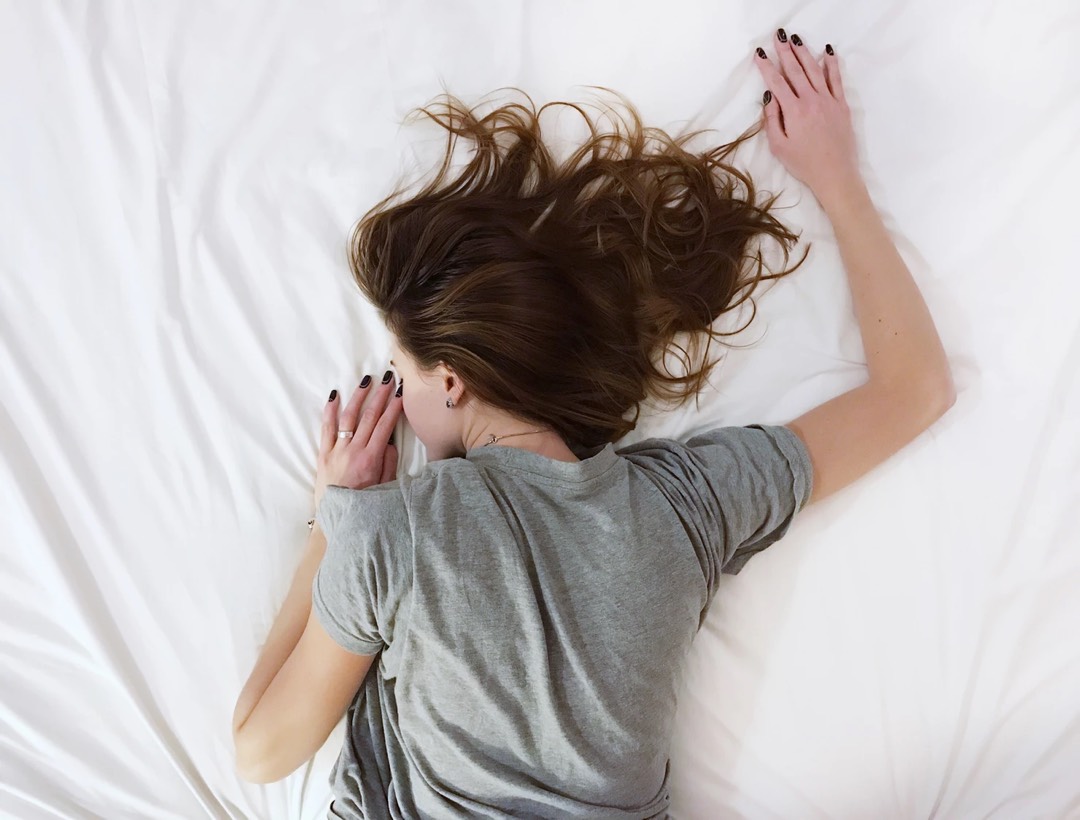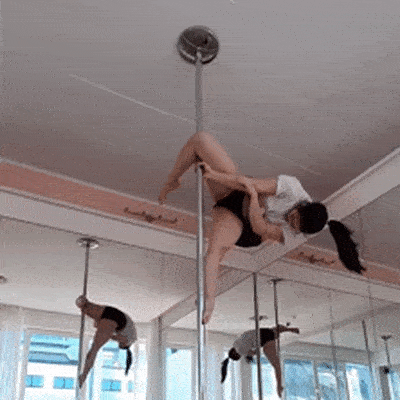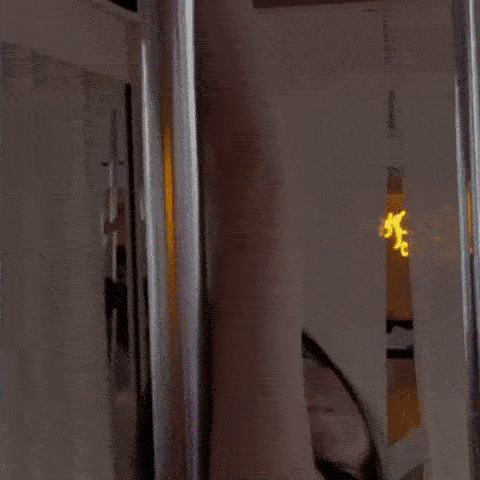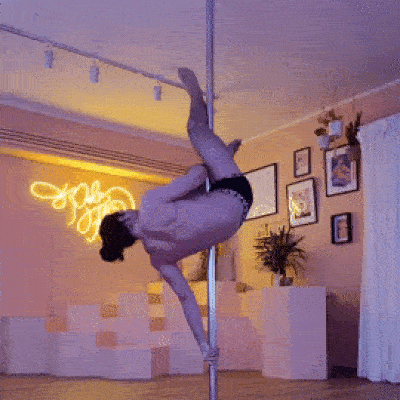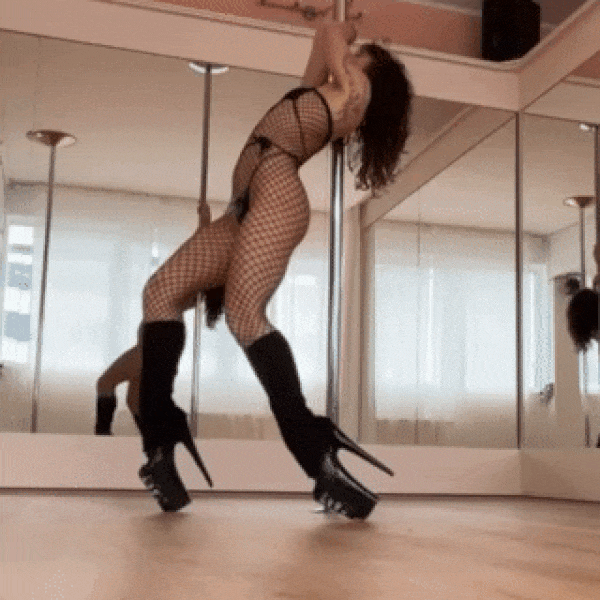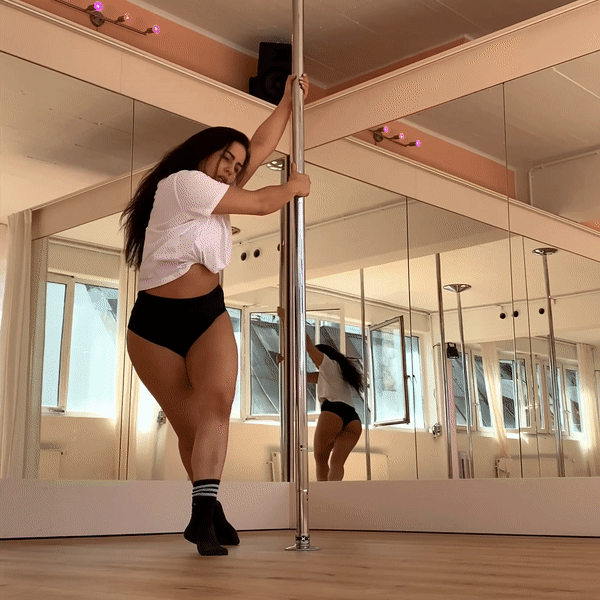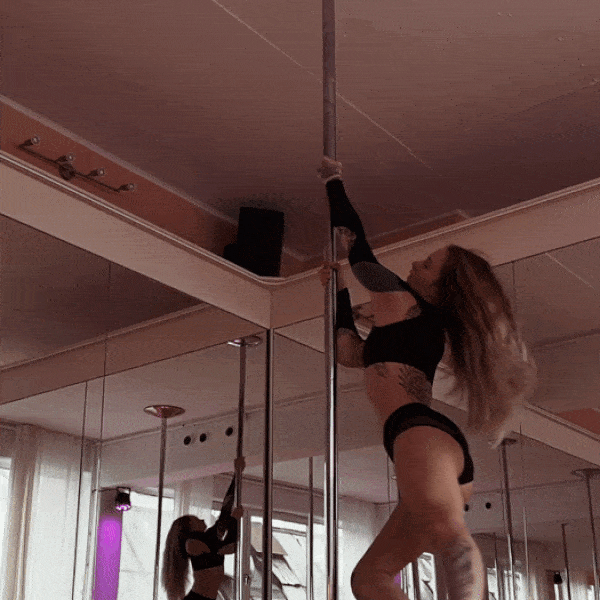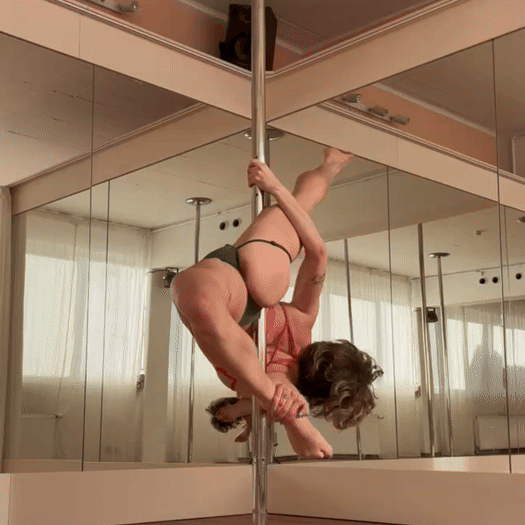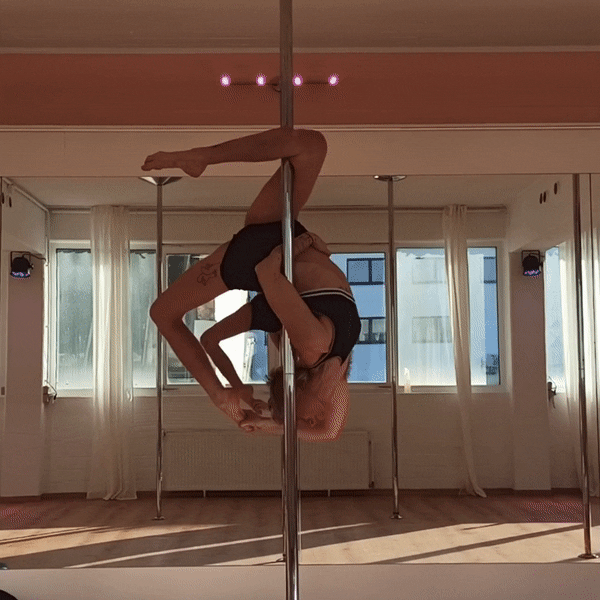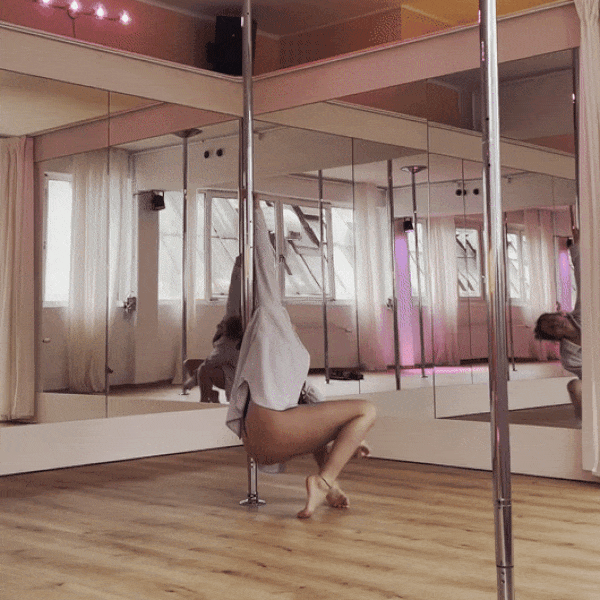❀ How to make the most out of your rest days ❀
We work hard, train hard, cook, clean, visit friends, run errands – and easily lose track of time. We want to make the most of our trainings so bad, that often we forget how to take care of ourselves in between. But WHY should we? The truth is the time you spend off the pole is just as important as your training time. This is the time where your body & mind can regenerate, absorb the complicated information given to it, recover and restore.
For many years I didn’t take the value of rest too seriously. I worked and trained as often as I could and rested only when I really had no choice (pure exhaustion!). On some occasions I was forced to take a break due to sickness or travel, and was often surprised as I got back to the pole to see how ‘despite’ the break I had taken, I came back stronger and full of energy. It took me a while to realize how deeply my body was craving rest. But once it hit me – I went full on. I researched all the possible tools online, read recovery related books, tried out many different methods, and was 100% dedicated to get my body back to ‘’chill mode’’. Yes, even in my rest days, I was resting hard!
We are all different. We have different personalities, different bodies, even different recovery rates. But regardless of our personality and body type, we can all make great use of learning how to fully recharge our batteries (and enjoy doing so!).
In this article I am excited to share with you some of my best tips and methods for recovery and recharge. Some of them are obvious (yet often neglected), some of them might be new to you. If you often feel sore, out of energy, losing your focus and making only small progress in your training – you’ve come to the right place.
Let’s start!

1. FUELING: Having enough energy sources before and after your training is crucial.
Ideally you want to have a full carby meal at least 2-3 hours before training. I would
not recommend having a huge meal right before a pole class (especially spinning 😉), but if you feel low on energy you can have a small snack shortly before your class. Plan your day! No time is no excuse. If you know you have a busy days ahead, prepare in advance a few snacks handy (banana is your friend!).
After your class, depending on your hunger level, make sure to have a satisfying meal. What to eat? I recommend FOOD. No need to get obsessed over a certain type of diet (unless for specific health or moral reasons). Make sure whichever meal you’re having is satisfying and nourishing, i.e. has enough calories, primarily carbs.
2. Water: Drink it.
3. Rest: Learn to enjoy spending time doing nothing. If you’re worried about being productive all the time, ask yourself why? P.s. scrolling on Instagram watching all your favorite pole dancers is not considered rest 😉
If you struggle finding peace of mind and constantly looking for something to do, there are different tools you can use. The first one would be meditation. There are many ways to meditate and you might need to try a few to find something that suits you best. Some of my favorite meditation techniques include breathing meditation, body scan meditation* and progressive muscle relaxation*. What those techniques have in common is that they all start from the body, thus building body-mind connection. Not only do they help relax the mind, but they also help tremendously softening muscle tension, stiffness in joints and soreness. For us pole dancers and other types of movers, this might be an easier approach to start from. Really, a MUST try!
*If you’re new to mediation, these incredibly powerful techniques might put you to sleep. If you feel sleepy, I would suggest trying them sitting (spine tall, cross legged on the floor or a cushion).
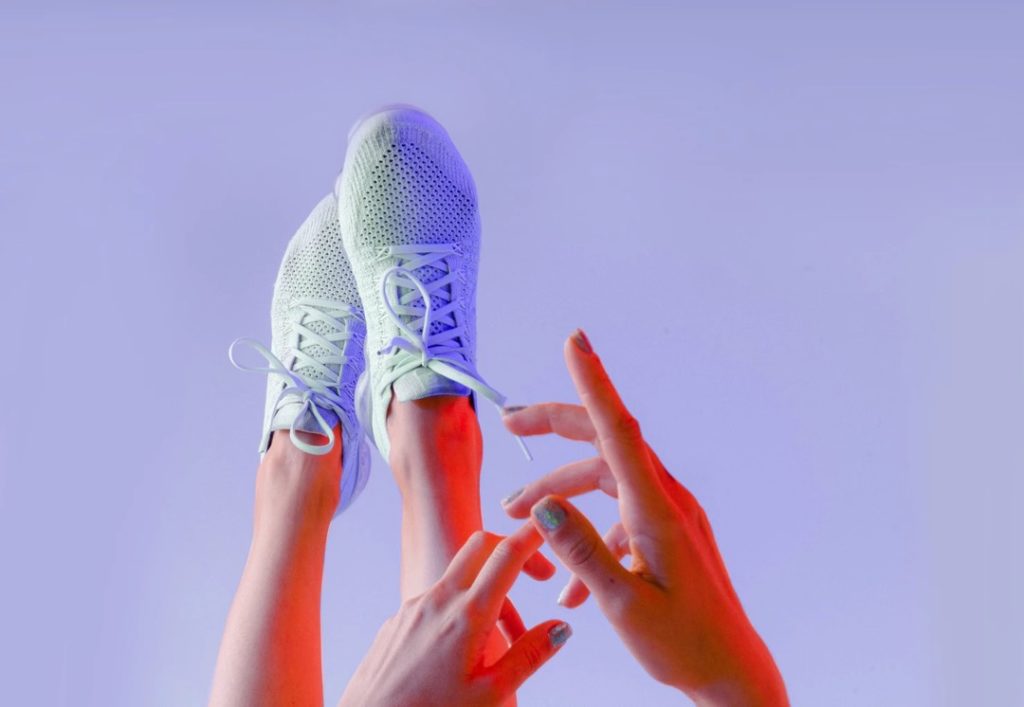
4. Stretch: In this section I would like to concentrate on passive stretching. While active flexibility is extremely important for your progress on the pole and injury prevention, it is a full on workout, and you should probably rest afterwards as well. In passive stretching you only go about 50%-70% of your maximum – finding a place where you can fully relax and hold the pose for a longer time (anywhere from 5 to 10 minutes). Having awareness in your pose is key: while stretching you want to be fully present, ideally focusing your breath onto the areas being stretched. Some of the benefits of deep passive stretching include: fascia release and joint mobility improvement, stress reduction and increased circulation. The focus of the practice, as well as its outcomes, are very different from active stretching (i.e. our flexibility classes). It is not a replacement but an essential addition. Passive stretching is often practiced in Yin Yoga or Restorative classes – you can find many classes offered in Berlin, or if you prefer to practice at home you can check Yin Yoga with Kassandra (95 videos in the playlist!); Sarah Beth Yoga; or Yoga with Adrien, to name a few.
*That’s me passively stretching on the U2 😉 ( a few years ago, before I fully integrated the concept of fueling)
5. Dis-connect: While social media can be useful finding pole resources and inspirations, it can also highly effect our stress levels. Part of rest is resting your mind – not thinking about pole moves or pole goals, not comparing yourself to other people and also not scrolling for kitties videos for hours (oopsi!). Set yourself a limit – for example, after 20:00pm no more scrolling on Facebook or Instagram. If you get caught in the scroll loop hole – catch yourself, and put the phone to the side. You can instead take 5 minutes to stretch or chill. After those few minutes, if you still want to check your phone, just ask yourself why?

6. Appreciate: Our bodies do so much for us. Holding us upside down, digesting our food, taking us for walks, giving us orgasms (!). Take a few minutes to thank your body for all the hard work it has been doing for you. Remember rest time is not wasted time, but a precious gift for your incredible power house.
7. Massage: Invest in yourself. Receiving a massage once a month or more can help a lot to regain your energy and restore the body. If you’re wondering where to go, we happen to have an amazing massage therapist in our team – Miriam. As a pole dancer and physiotherapist she has a great understating of the body and can help you resolve any specific issues you may have. You can contact her directly or drop us a message and we will get you in touch. If you don’t have specific issues (thank you body!), it is still a great way to prevent them from happening and just feel amazing and fresh.
8. Sleep: Pretty obvious, no? During your sleep your body regenerates and heals. A recommended sleep amount for an adult is 7-8 hours a night (or a day, depending on your life style). If you perform a lot of physical activity, sleep is vital for your muscle recovery and energy levels. Make sure to create enough time for sleep and take care of your sleep hygiene (i.e. a dark cozy space with no distractions. No phone in the bed!). If you have trouble sleeping you can try some of the mediation techniques suggested in part 3.
And that’s it! If you have any more tips and advices please let me know by commenting below. If you’ve tried any of the methods and liked it, I would love to hear your experience 🎕
For any question or personal advice I am available in person at the studio or you can drop me a message at poleflowberlin@gmail.com with the title ‘Off the pole recovery’.
I’m gonna get a much needed rest now. Take care and see you soon! ❤

